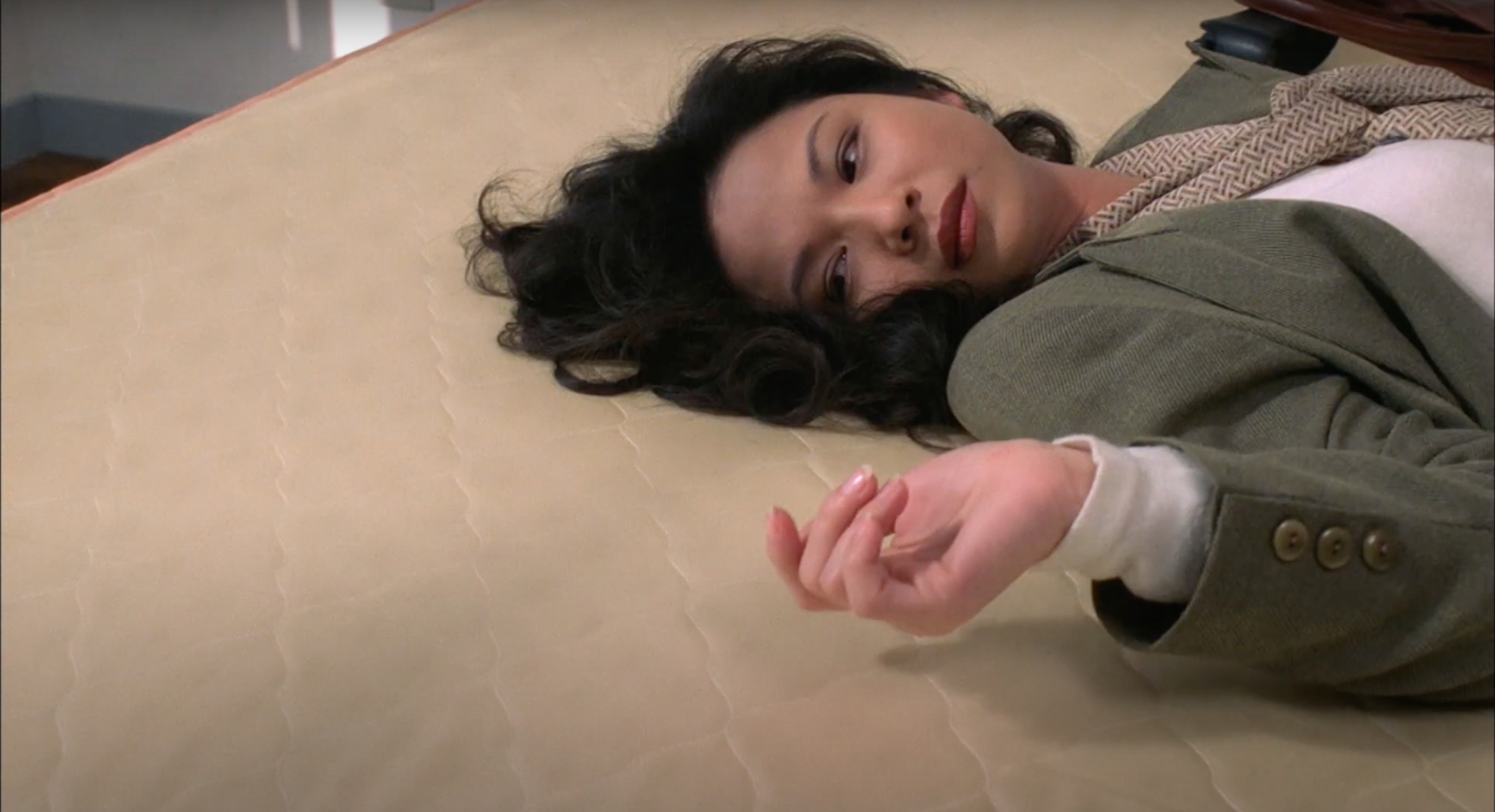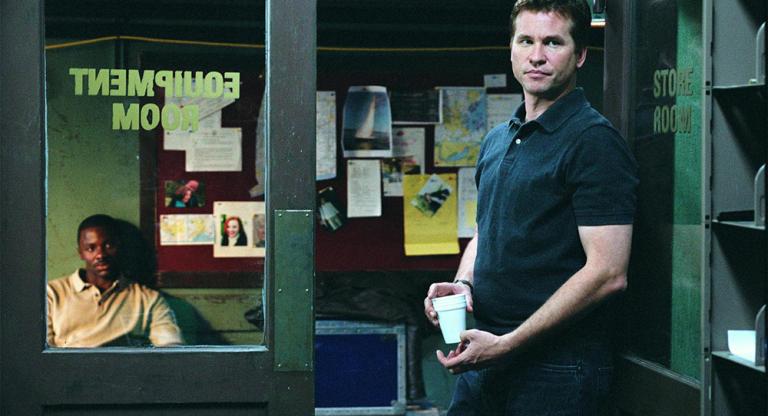This past New Year’s Eve, thousands gathered in Da’an Park to watch Tsai Ming-liang’s Vive L’amour (1994) and reenact Yang Kuei-mei’s relentlessly desolate final scene. Marking the film’s thirtieth anniversary, the ritual points to the ways the film has both captured and left its own imprint on the park’s history. Previously a squatter settlement, the site was cleared through mass evictions in 1992 to make way for redevelopment. Two years later, the park opened to the public, still unfinished, quickly earning the nickname “mud park.” The drama of Vive L’amour unfolds within this landscape of dispossession, where speculative development reshaped both the built environment and the emotional terrain of the city. Filming amid the ongoing construction, Tsai reworked the film’s ending into “something more pessimistic, to reflect the more chaotic, artificial nature of the space we were dealing with.”
Vive L’amour takes shape in many such unfinished corners of Taipei’s accelerated urban development in the 1990s. Three strangers—a real estate agent (Yang Kuei-mei), a street vendor (Chen Chao-jung), and a columbarium salesman (Lee Kang-sheng)—surreptitiously occupy a vacant apartment, unbeknownst to one another. Amidst Tsai’s distinctive slowness, the rhythm of human appetites (eating, sleeping, smoking, sex) drives the film’s minimal narrative. The characters’ itinerant occupations in speculative industries heighten the paradox of proximity within architectures already emptied of their promises. Where capitalist visions of progress and stability fail to materialize, human connection becomes the final solace. Yet, as they brush against one another, even share the same rooms, intimacy remains out of reach.
As much as the history of Taipei’s rapid urban development frames the film, Vive L’amour resists reduction to allegory. Tsai’s cinema draws its force not from sociological diagnosis but from the ways absurdity and devastation collapse into one another to convey desire’s unruliness. The film’s formal austerity materializes this affective state, embodied in the stark treatment of space and movement the director translates from his training in theatre. Long takes bind characters to one another and their environments, coupling spatial rigor and temporal dilation to divest the narrative of conventional propulsion in favor of a phenomenological cinema of presence: image as lived encounter, where alienation exceeds representation and seeps into the spectator’s own perception of time, space, and feeling.
Winner of the Golden Lion at Venice on its premiere, Vive L’amour has since become a fixture of Tsai Ming-liang retrospectives underwritten by Taiwan’s Ministry of Culture and overseas cultural centers, with its 2022 restoration distributed by Film Movement anchoring major programs at MoMA, the American Cinematheque, and now the Berkeley Art Museum and Pacific Film Archive. That a film so attuned to modernity’s alienation now serves as a vehicle of cultural diplomacy underscores the contradictions of globalization’s cultural economies.
Still, even as the film is repurposed as soft power, at its core there remains an attunement to the ways economic and political transformations surface in embodied states of desire. Through its slowness and quietude, Tsai’s cinema stages a kind of theatricality that does not simply represent loneliness but allows its sensations to arise within the viewer themselves. Its afterlives as national emblem and cinephilic touchstone tangle with its themes of estrangement and loneliness, demonstrating the ways the grand history of global modernity shapes the conditions of possibility for communion.
Vive l'amour screens Wednesday night at BAMPFA, kicking off a series of Tsai Ming-liang films with the director in person alongside actor Lee Kang-sheng, through Sunday.



